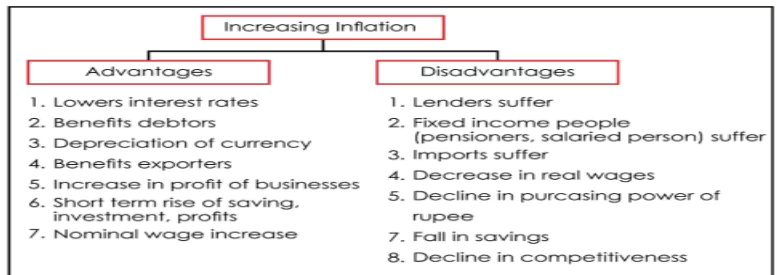![]() March 30, 2024
March 30, 2024
![]() 116
116
![]() 0
0
|
Effect of Inflation on Economy

| Must Read | |
| Current Affairs | Editorial Analysis |
| Upsc Notes | Upsc Blogs |
| NCERT Notes | Free Main Answer Writing |
| Related Articles | |
| Budget And Taxation | Balance of Payment |
| Banks in India | Financial Market |
| Indian Insurance Sector | Exchange Rate Systems |
<div class="new-fform">
</div>

Latest Comments